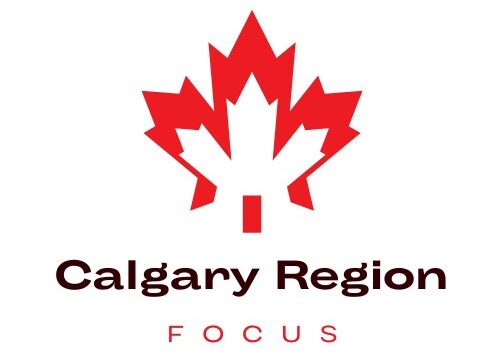Calgary, the vibrant city nestled in the Canadian province of Alberta, is renowned for its breathtaking landscapes and thriving urban culture. However, beneath its modern facade lies a treasure trove of history that stretches back centuries. From its indigenous roots to its transformation into a major hub during the Canadian West’s settlement, Calgary has witnessed remarkable events and played a pivotal role in shaping Alberta’s heritage. In this article, we embark on a journey to uncover Calgary’s rich history, delving into significant milestones and remarkable stories that have shaped the city into what it is today.
Indigenous Roots and Fur Trading Era
Long before Calgary became a bustling metropolis, the area was inhabited by Indigenous peoples for thousands of years. The Blackfoot Confederacy, including the Siksika, Kainai, and Piikani Nations, thrived in the region and established trade routes across the vast plains. The confluence of the Bow and Elbow rivers, now known as Calgary, served as a significant gathering place for the Indigenous tribes.
The arrival of European explorers in the late 18th century brought the fur trading era to Calgary. Hudson’s Bay Company and North West Company fur traders established posts, such as Fort Calgary, to facilitate trade with the Indigenous peoples. This period witnessed interactions, alliances, and conflicts between fur traders and Indigenous communities, leaving lasting imprints on the region’s history.
The Canadian Pacific Railway and Calgary’s Transformation
Calgary’s true transformation began in the late 19th century with the arrival of the Canadian Pacific Railway (CPR). The railway connected the city to eastern Canada, attracting settlers and facilitating the growth of Calgary as a vital transportation and distribution hub.
In 1884, Calgary was officially incorporated as a town, and its population began to soar. The discovery of oil in nearby Turner Valley in 1914 further fueled the city’s development, attracting numerous prospectors and entrepreneurs. Calgary’s oil industry soon became a driving force in Alberta’s economy, leading to the nickname “Cowtown” due to its cowboys-turned-oilmen culture.
Calgary Stampede and Olympic Legacy
One event that has left an indelible mark on Calgary’s history is the Calgary Stampede. First held in 1912, this iconic rodeo and exhibition has grown into one of the world’s largest and most famous celebrations of Western heritage. The Calgary Stampede showcases thrilling rodeo events, chuckwagon races, agricultural displays, and vibrant entertainment, drawing visitors from far and wide.
Another significant milestone in Calgary’s history came in 1988 when the city hosted the Winter Olympic Games. This event catapulted Calgary onto the global stage, showcasing its world-class facilities and hospitality. The legacy of the Olympics can still be seen today, with iconic venues like the Canada Olympic Park, which continues to serve as a training ground for athletes and a popular recreational destination.
Calgary’s rich history is a testament to the resilience, diversity, and spirit of its inhabitants. From its Indigenous roots and fur trading era to its transformation into a thriving modern city, each chapter of Calgary’s past has contributed to its unique identity. By uncovering and preserving this history, we gain a deeper appreciation for the foundations upon which the city stands today. Whether exploring heritage sites, visiting museums, or attending cultural events, there are endless opportunities to immerse oneself in the captivating history of Calgary and Alberta as a whole.
